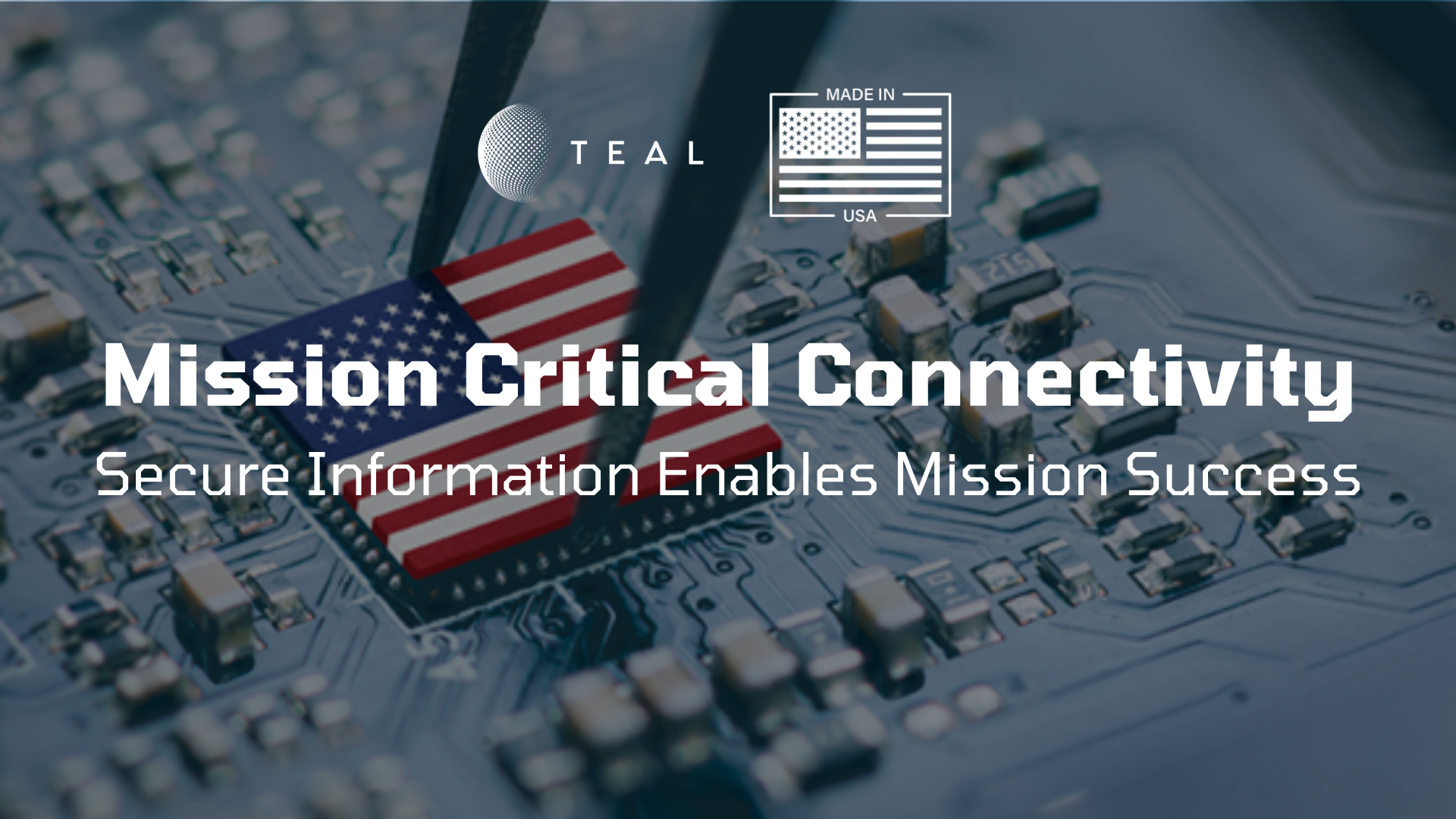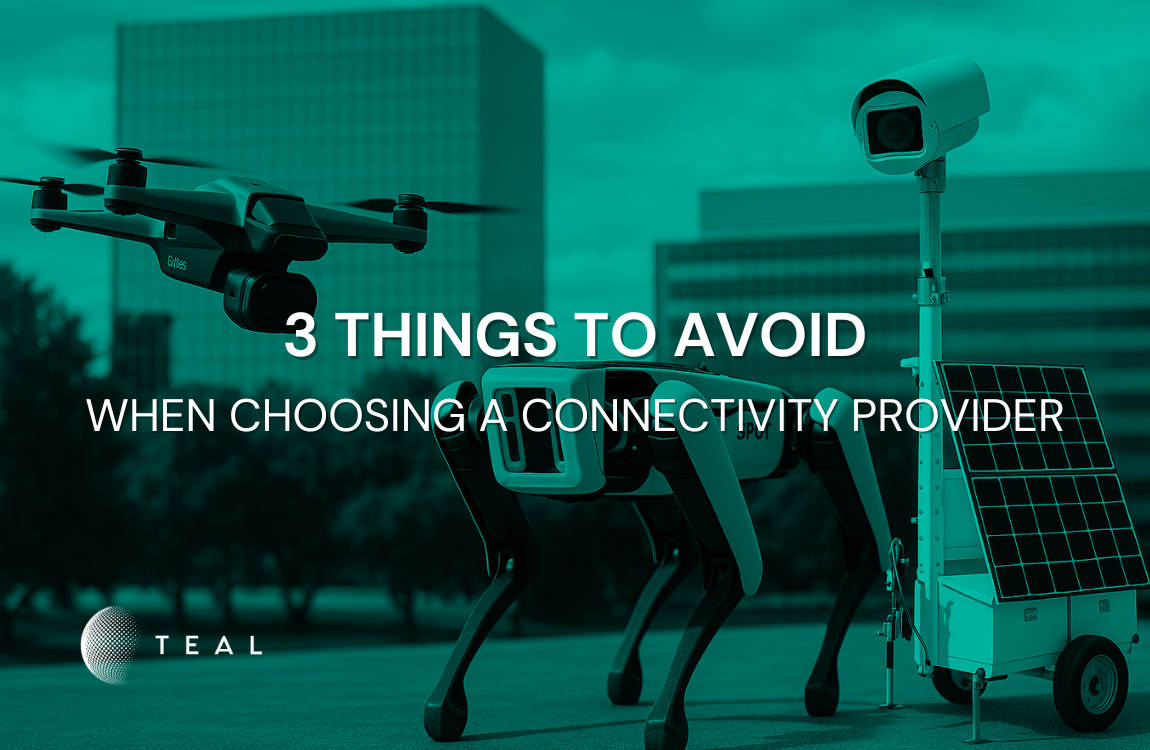Protecting Your Business Against Network Sunsets, Shutdowns, and Outages

eSIM Technology Ensures That Your IoT Deployments Always Remain Connected
As more and more businesses embrace the Internet of Things (IoT), the need for reliable and secure connectivity has become paramount. Yet, network outages are a common problem that cause frustration and disruption to IoT deployments globally. To address this concern, innovative technology solutions have been developed to ensure that IoT devices stay connected regardless of unpredictable network conditions. One of these solutions is eSIM technology. In this blog post, we will explore how eSIM technology can protect against network sunsets and outages so you can futureproof your IoT deployments.
Protecting Against Connectivity Outages
Connectivity outages occur when a network goes down, and devices cannot send or receive data. They occur when a network becomes unavailable for use, causing communication breakdowns and disrupting day-to-day operations. Network outages can happen for a variety of reasons, such as cyber-attacks, natural disasters, power outages, and technical failures. When an IoT network goes dark, it can take several hours, days, or even weeks to recover operations. Many businesses don’t appreciate the severity of network outages until they happen, but they are very real and occur more frequently than you might think. For any business with critical IoT deployments that need to remain connected, outages can result in significant losses. However, eSIM technology can mitigate this problem. With eSIMs, devices can switch between different network providers in real-time, ensuring a more robust and reliable connection. This redundancy feature ensures that your devices stay online even when a network is down.
Improving Operational Efficiency
Managing SIM cards can be a daunting task, especially when deploying thousands of IoT devices. The traditional SIM card approach requires physical access to the SIM card to switch between networks in the event of an outage. This makes it challenging and time-consuming to manage SIMs and various connectivity providers. eSIM technology eliminates this problem and allows for remote SIM provisioning and management. This means that IoT deployments can be managed and scaled more efficiently and cost-effectively because businesses can easily switch their devices between networks in the event of an outage.
Understanding eSIM Technology
eSIMs come in multiple form factors and are similar to a traditional SIM, as eSIMs can be a physical, insertable chip (2FF/3FF/4FF). However, unlike traditional SIMs, eSIMs can also be soldered onto the motherboard of a device (MFF2). Companies like, Teal offer both plastic eSIM cards (like your standard SIM form factor) and embedded eSIMs that are compatible with any IoT device. This means that users can connect their devices onto any carrier network without having to physically swap out their SIM cards; all they need is access to an available network and the activation process simple. This makes connecting devices directly onto the right networks easier than ever before. Moreover, in the event of an outage, eSIM technology makes it easy to dynamically switch your devices onto the next best available network so your devices remain connected, and your business can ensure continuity of operations.
eSIM Technology and Network Sunsets
While businesses need to protect against network outages, they must also prepare for network sunsets. Network sunsets occur when a cellular network is phased out or terminated, which can be due to the emergence of new and faster technologies or changes in business strategies. When network sunsets occur, IoT devices that rely on the sunset network suddenly lose connectivity, causing a disruption in business operations. However, eSIM technology futureproofs IoT deployments by enabling remote SIM provisioning and management. With eSIM technology, IoT devices can easily switch between available networks, ensuring that they always have access to the strongest signal.
One example of a network sunset is the phasing out of 2G networks initiated by telecoms giants like AT&T, Verizon, Deutsche Telekom, and Vodafone. 2G networks were the first wireless networks introduced, and they supported basic voice and text messaging services. As technology evolved, the demand for faster internet speeds, video calls, and streaming services has skyrocketed. This demand has seen many telecom giants phase out 2G networks in many areas worldwide. In the US, AT&T began phasing out its 2G networks in 2017, and Verizon completed its phase-out process in December 2019.
Another example of network sunset involves the phasing out of 3G networks, which were introduced in the first decade of the 21st century. As with 2G networks, 3G networks are being phased out because they can’t keep up with new emerging technologies. With the advent of 5G networks, which offer faster speeds and more sophisticated features, telecom companies can no longer afford to keep running 3G networks. Mobile operators are pushing hard to transfer customers over to 4G or 5G networks since, with time, phasing out 3G infrastructure will help in network optimization making 5G coverage more seamless. As a result, all major U.S carriers – AT&T, Verizon, and T-Mobile – officially announced plans to sunset their 3G networks in 2022 with more network operators following suite. As you might imagine, there will also come a day when 4G/LTE infrastructure will be sunsetted to make way for 5G and 6G networks.
Are your devices at risk? We’ve compiled a list of planned network shutdowns that you can view for free here.
Like outages, network sunsets result in a loss of connectivity for IoT devices that depend on a particular network technology. However, with eSIM technology, this problem is significantly reduced. Suppose a carrier is planning to sunset a technology; in that case, the eSIM card can be reprogrammed remotely to switch to a new carrier that is offering a compatible network technology.
Enhance Security
IoT devices are vulnerable to cyberattacks and security is paramount for any business that relies on mission critical devices. For this reason, choosing a solution that is GSMA certified is critical when selecting an eSIM vendor. The GSMA recently published an eSIM Buyer’s Guide for Enterprise that is a valuable resource for any business that is evaluating eSIM technology. Find out what factors your business needs to consider when selecting an eSIM solution with this free guide.
The Benefits of TEAL’s eSIM Technology
eSIM technology is a game-changer in IoT device management. It provides network resilience, remote network management, cost-effectiveness, security, and flexibility. eSIM technology protects against outages by enabling devices to switch between networks seamlessly, providing reliable connectivity, and futureproofing your IoT deployments.
TEAL’s patented, GSMA certified technology connects any device onto any data network worldwide. With more network operator agreements than any other connectivity provider, TEAL gives businesses everywhere the flexibility and control to remotely manage their eSIMs, ensuring the highest level of reliability and performance for any internet of things (IoT) deployment. Teal supports applications across many industries including mobility, robotics, drones, industrial IoT, healthcare, and EV infrastructure. Find out if eSIM technology is a fit with your business. Contact us today to learn more.
Recent Posts
New Podcast! Space and Air Supremacy: The Role of Drones in Modern Warfare
Teal Communications Staff2025-06-25T20:15:23+00:00
Mission Critical Connectivity: Secure Information Ensures Mission Success
Teal Communications Staff2025-06-25T02:21:28+00:00
3 Things to Avoid When Choosing a Connectivity Provider
Teal Communications Staff2025-06-20T20:53:06+00:00




